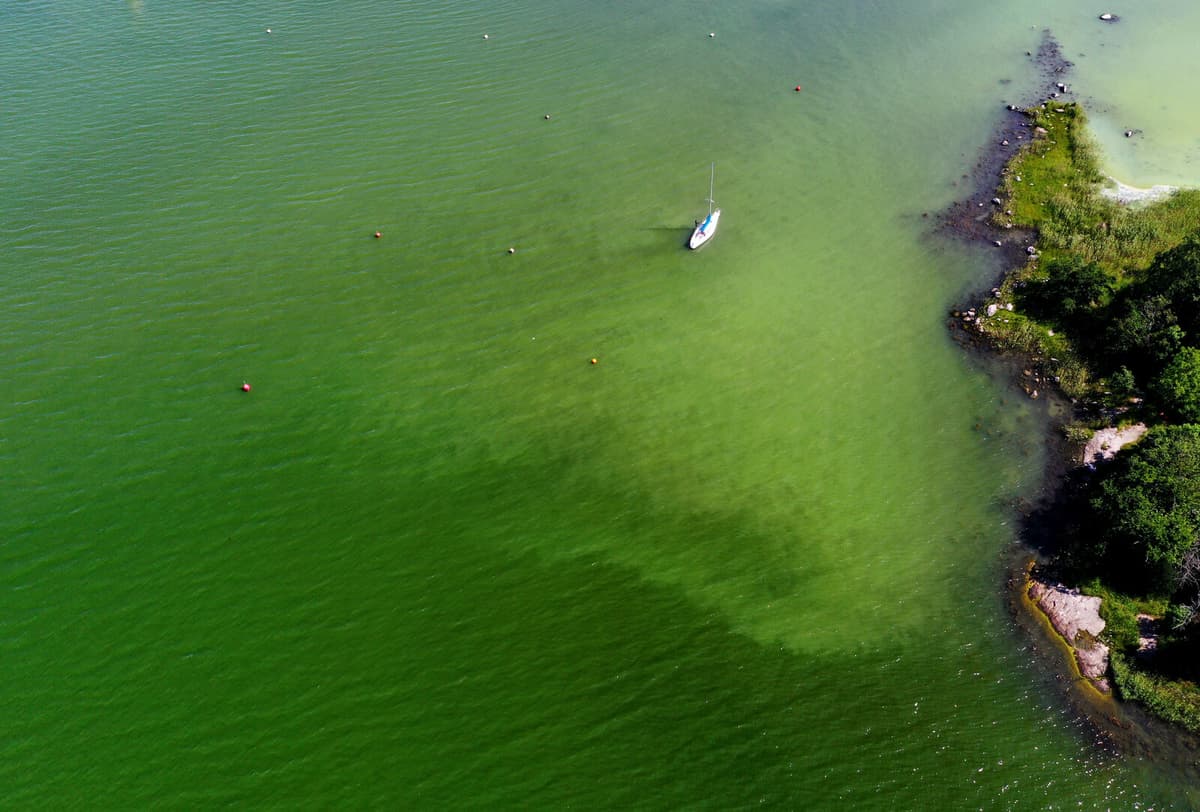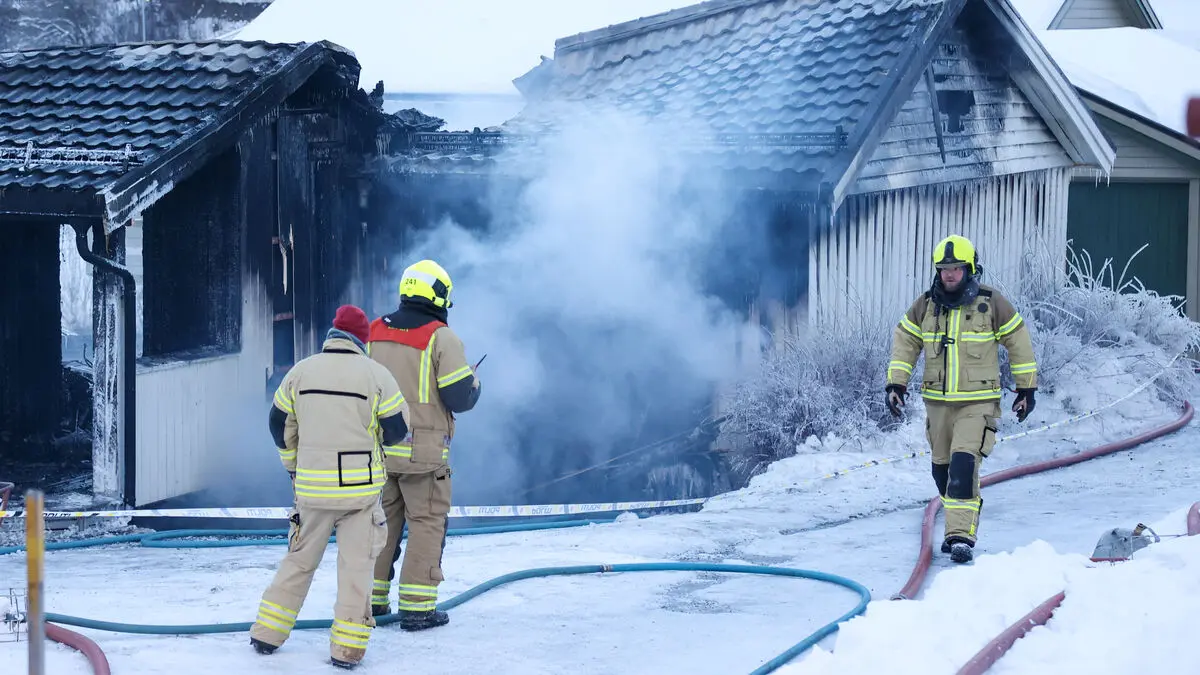Algal bloom occurs in the summer and often looks like a greenish-yellow soup or a blue-green thread-like mass at the water surface. It occurs naturally in lakes and seas and is due to the fact that plankton algae grow strongly in a very short time.
This year, the summer has been cold. Therefore, the algal bloom is still out at sea – but is approaching Öland and Gotland and the beaches along Sweden's coast.
"The recurring algal blooms, which are now on their way to land, are a clear sign that the Baltic Sea is over-fertilized and under great pressure", says Gustaf Lind, Secretary General of WWF in Sweden in a press release.
Over the past 15 years, the algal bloom in the Baltic Sea has come earlier and earlier in the year. This is due to two things – higher water temperatures and emissions of nutrients such as nitrogen and phosphorus, according to WWF. The emissions come mainly from agriculture, but also from treatment plants and other industries.
Algal bloom can pose a health risk when bathing. In addition, the decomposition of algae can cause oxygen deficiency for various bottom-dwelling species.
Not urinating in the water can help keep the Baltic Sea free from algal bloom. Urine contains nutrients that can contribute to over-fertilization. The amount that a person normally urinates during a day can fertilize one kilogram of algae, according to the Swedish Agency for Marine and Water Management.
Algal bloom
TT
Algal blooms have different colors and appearances. Blue-green algal blooms in the Baltic Sea often look like a greenish-yellow soup or a blue-green thread-like mass. The toxicity varies between different species.
If you bathe in water with algal bloom, you should try not to swallow any water. It is also good to shower afterwards.
Poisoning from algal bloom can cause symptoms such as nausea, vomiting, diarrhea, and fever. You can also get skin irritation and eye problems. It is recommended to contact a doctor.
Children and animals can be particularly vulnerable to algal bloom.
Source: SMHI and the World Wildlife Fund






